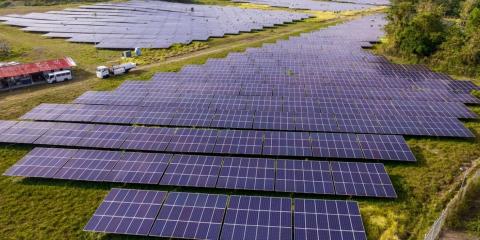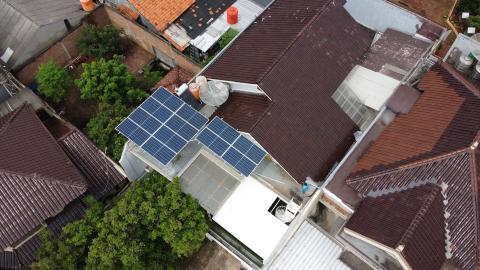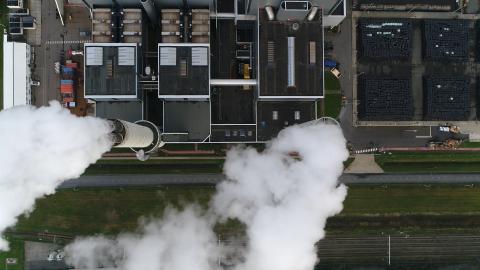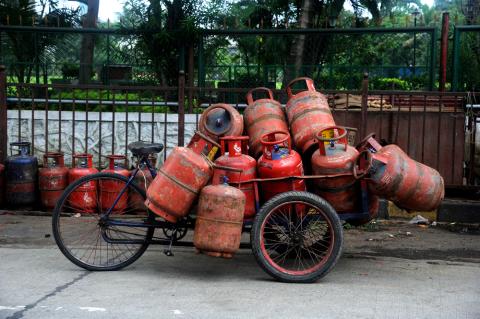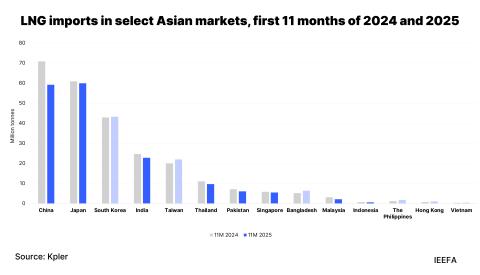Excess renewables generation did not cause Iberian blackout
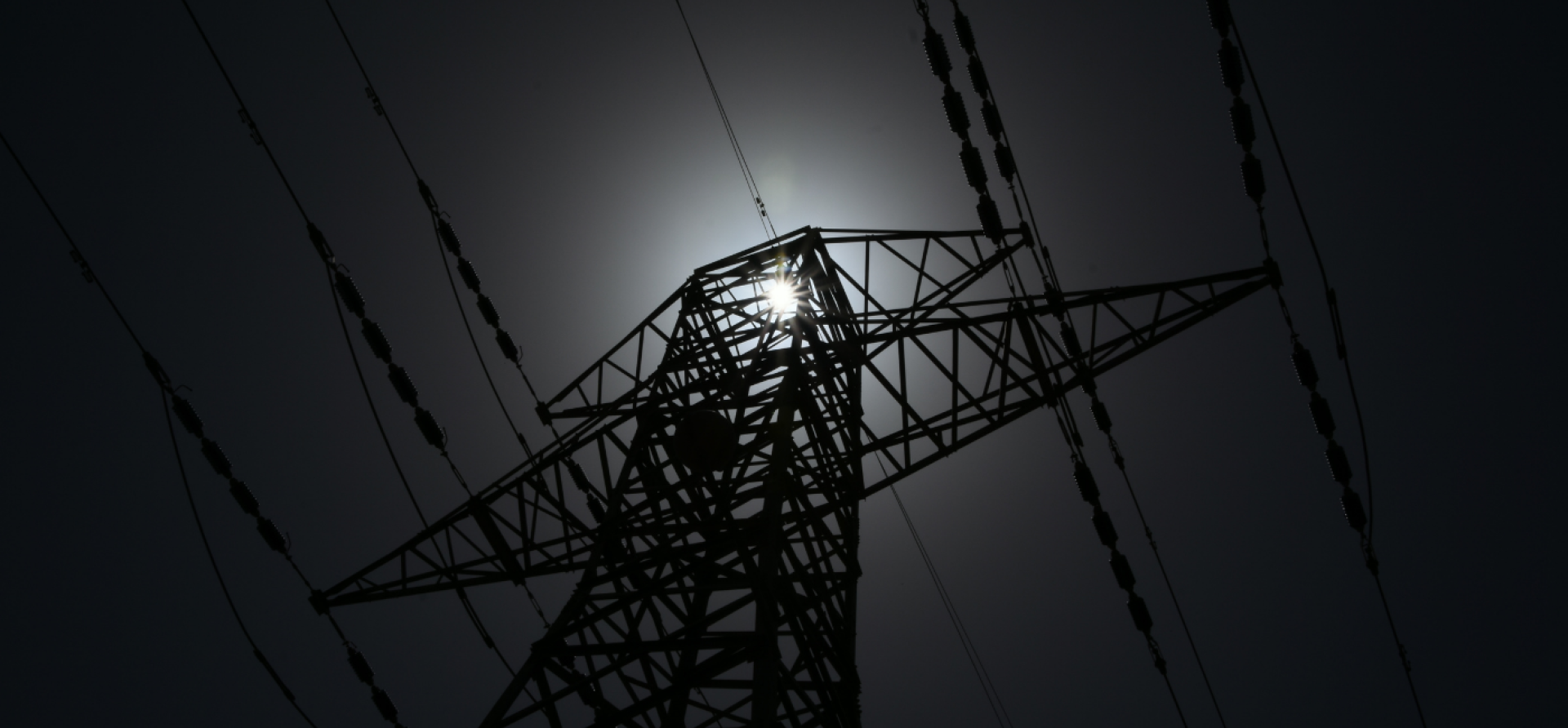
Key Findings
Excess renewable energy generation did not trigger the blackout that struck Spain and Portugal in April 2025, according to an initial report from the European Network of Transmission System Operators for Electricity.
Spain’s grid operator may have been able to prevent the blackout by activating grid frequency control reserves.
The report does not reveal why 2.5 gigawatts of power generation was disconnected from the Spanish grid before the blackout.
France and Morocco were temporarily unable to export electricity to Spain because interconnections were disconnected.
High levels of renewable energy generation did not cause the blackout that hit Spain and Portugal on 28 April 2025, according to the European Network of Transmission System Operators for Electricity (ENTSO-E).
The group published an initial report on the status of the blackout investigation earlier this month. The report is a fact-finding identification rather than a full conclusion. That conclusion will be published in the first quarter of 2026.
The EU Agency for the Cooperation of Energy Regulators and several national regulators contributed. But the main analysis came from transmission system operators (TSOs) that are members of ENTSO-E (including Spanish and Portuguese TSOs), which might cast doubt on the full impartiality of future conclusions. However, at the fact-finding stage, some neutrality can still be assumed.
The report revealed that the climate conditions on 28 April were typical for that time of year, in terms of temperature, sunlight and wind speeds. Therefore, the hypothesis that excess renewable generation compared to the norm caused the blackout can be discarded.
Several charts in the report show that wind and solar generation on the morning before the event were aligned with the previous days and other identical April days. Electricity demand before the blackout was also at a typical level. A sudden massive surge in power demand can also be rejected as a driver of the blackout.
The chronology of the event shows that between 12:32PM and 12:33PM, the Iberian Peninsula lost 2.5 gigawatts (GW) of renewable and thermal power generation. Compared to the scale of Spanish demand, 2.5GW of generation is considerable.
While the report does not reveal the cause of these massive disconnections from the grid, it clearly shows the impact on the grid: The voltage level surged beyond its normal level, from 400 kilovolts to 435 kilovolts. At 12:33PM, the peninsula was fully desynchronised with the rest of the European power system. The loss of voltage control soon spread to the whole peninsula.
Interconnections with France and Morocco were then suspended. Therefore, Spain’s neighbours cannot be held accountable for failing to export electricity.
A parallel event that occurred simultaneously was the deviation of the frequency from 50 hertz to 47 hertz. The magnitude of this deviation is massive; power systems are designed to keep frequency changes below 0.01 hertz.
Following this frequency change, Spanish grid operator REE should have stabilised the grid by dispatching frequency containment reserve (FCR) within 30 seconds or frequency restoration reserve (FRR) within 15 minutes. However, it did not activate manual FRR until 12:06AM on 29 April. The report does not mention FCR.
It is unclear why REE did not use these services promptly. The capacity of the reserves is updated annually based on demand. It should cover at least the loss of the largest capacity plant in the country and protect against a major blackout.
Had REE dispatched 1.5-2GW of generation within 30 seconds at 12.32PM, it could have probably avoided the subsequent event that led to the full blackout.
ENTSO-E reports that the transmission grid restoration process was completed on 29 April at 12:22AM in Portugal and 4:00AM in Spain, almost 16 hours after the first loss of capacity. This is beyond the several hours expected for the replacement reserve to be operational.
As ENTSO-E continues its investigations into the blackout, the event should serve as a warning for TSOs across Europe as grids become more complex. The focus must now be on strengthening electricity networks and installing more energy storage capacities.
IEEFA recommends that ENTSO-E and TSOs, under the supervision of the EU Agency for the Cooperation of Energy Regulators, conduct an in-depth review into the sizing and responsiveness of frequency reserves across Europe.




